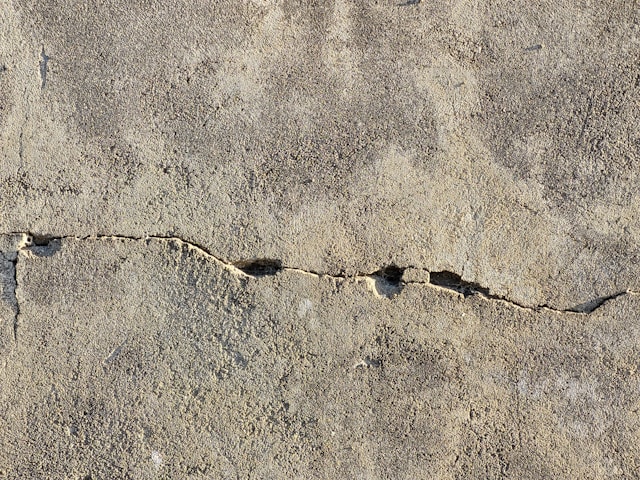|
|
Cracked Walkway? Here’s When You Need Concrete Repair in Eugene, OR
 A cracked walkway might seem like a minor cosmetic issue at first, but in Eugene’s climate and environment, small problems can quickly become big headaches. Whether you’re a homeowner or business owner, knowing the signs that concrete repair is needed—and acting in time—can save you money, improve safety, and protect your property’s appearance. In this article, we’ll cover what causes walkway cracks, when to repair vs replace, what to expect in terms of cost, and what local factors (climate, codes, etc.) mean for Eugene. 1. What Causes Concrete Walkway Damage in EugeneBefore deciding when to repair a cracked walkway, it’s useful to understand what causes the damage in the first place. Here are common causes in Eugene, Oregon:
2. Signs That It’s Time for Concrete RepairSome cracks or damages are purely aesthetic; others pose safety risks or will get worse if ignored. Here are key warning signs that it’s time to get repair work done:
3. Repair vs. Replacement: What’s the Right ChoiceNot every crack or damage means you need a full replacement. Often repairs are sufficient and more cost‑effective. Here are guidelines to help decide which route makes sense:
In Eugene, repair services often include crack filling, leveling (lifting sunken areas), sealing, or overlaying. Replacement implies removal of existing concrete, fixing base/subgrade, and pouring new concrete. 4. Local Considerations for Eugene, ORWhen choosing concrete repair options in Eugene, it helps to be aware of local environmental, regulatory, and climate factors:
5. Typical Repair Techniques & What They Cost in EugeneHere are common repair techniques, how they work, and what costs you might expect locally. These are approximate, based on existing services in Eugene (from local concrete contractors) and regional averages.
Note: Prices vary significantly with site accessibility, moisture issues, reinforcement or armoring needed, and finish type desired. 6. Safety & Liability Risks of Ignoring CracksDelaying repair doesn’t just mean your walkway looks worse. It can lead to safety and legal issues.
7. What to Look for in a Contractor / Repair ProviderWhen you decide to hire someone, these are good questions and criteria to use to ensure you get quality service that will last.
8. Steps to Repairing a Walkway: What You Can ExpectHere’s a general outline of the process from first noticing the issue to completed repair:
9. Case Examples & Local StoriesWhile we won’t name specific clients, in Eugene many homeowners approach repair contractors when they notice:
These kinds of local repairs not only preserve safety and curb appeal but often add value to homes by maintaining clean, functional walkways. 10. What Eugene Residents Should Do NowIf you suspect your walkway needs repair, here’s a checklist of actions to take:
ConclusionCracked walkways may look like small problems, but in Eugene, OR, they have implications far beyond appearance. Moisture, temperature shifts, soil movement, and usage can turn minor cracks into safety hazards, liability risks, and expensive repairs or replacements. If you observe warning signs like wide cracks, uneven or sunken slabs, spalling, or joint failures, it’s time to act. Concrete repair done well—using quality materials, appropriate techniques, and experienced contractors—can restore safety, improve curb appeal, and protect your investment. For residents in Eugene, staying proactive and addressing issues early often saves money and headaches down the road. If you want, I can tailor this article further for Concrete Eugene Oregon specifically—with their branding voice, client stories, or call‑to‑action suggestions. |
|